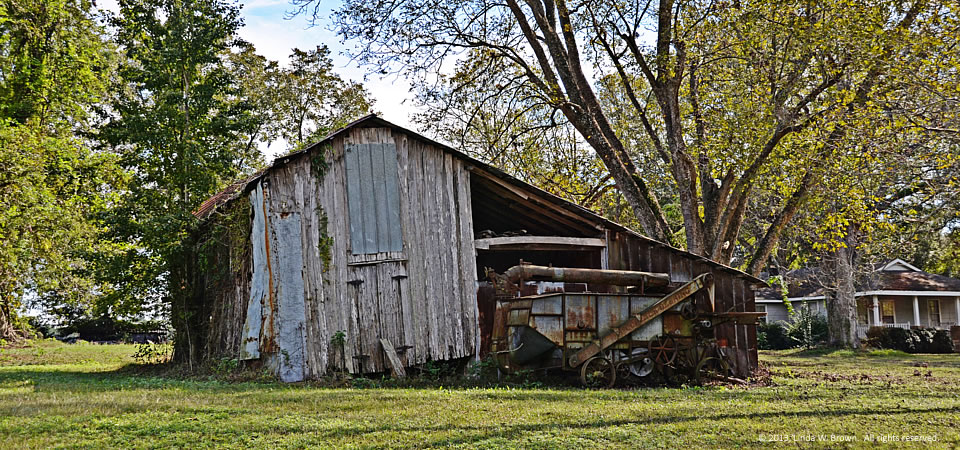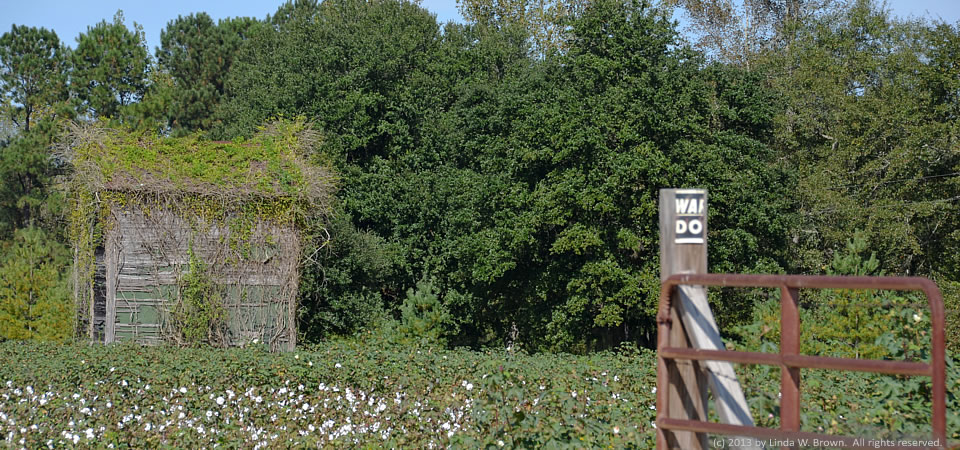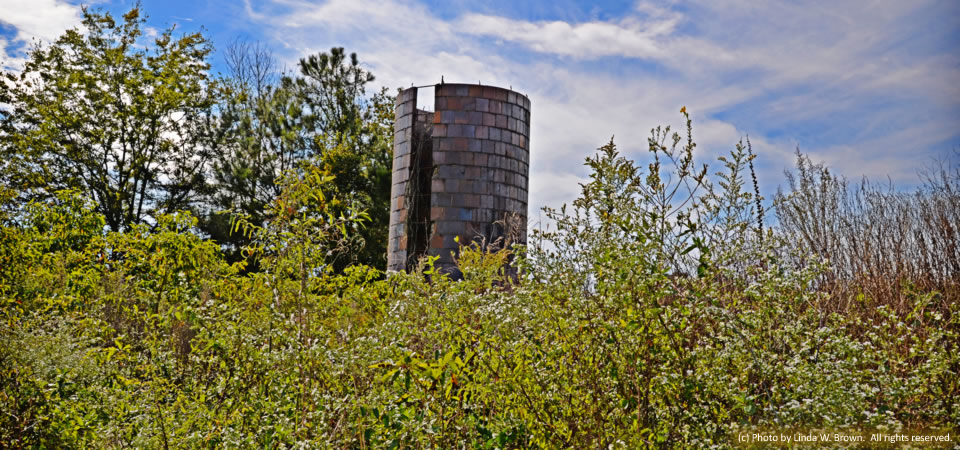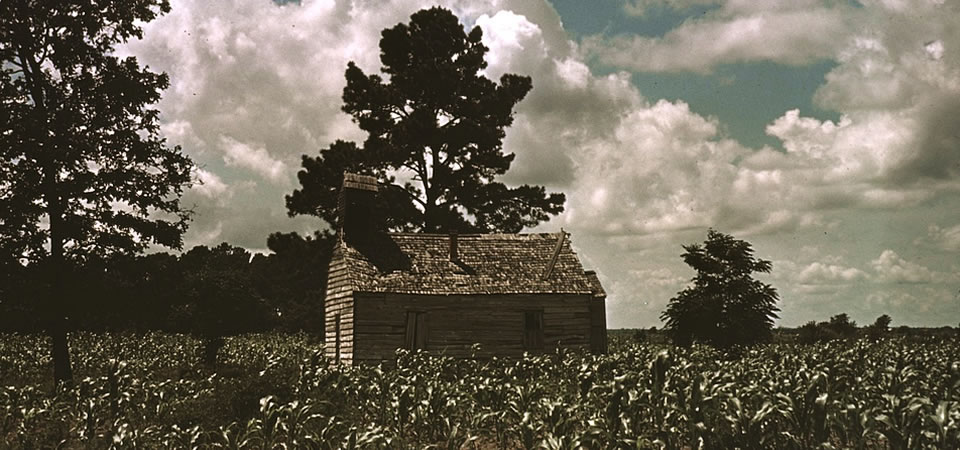
Retired editor Linda W. Brown of Kingstree, S.C., spied this leaning shed and rusty equipment in the countryside of Clarendon County near Davis Station. Both, she said, “speak to the condition of small farms in rural communities in 2013.” See another picture from the area.
Clarendon County, split in half by Interstate 95, had almost 21 percent of residents living in poverty, according to the 2010 Census.
Photo taken Oct. 20, 2013 by Linda W. Brown. All rights reserved.




